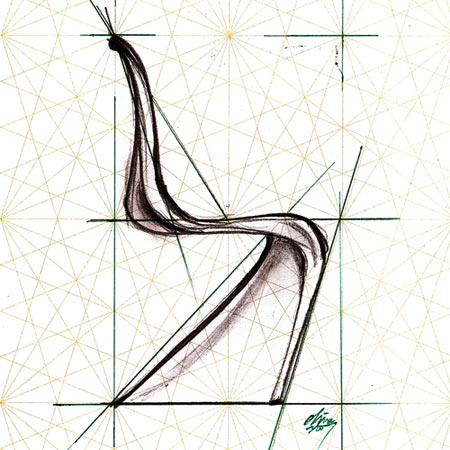
The Golden Rules by Olivia Lee
London designer Olivia Lee has created a sketch pad with grids based on the mathematical principle of the golden ratio.

Called The Golden Rules, the pad allows users to sketch guided by proportions believed to represent an aesthetic ideal.
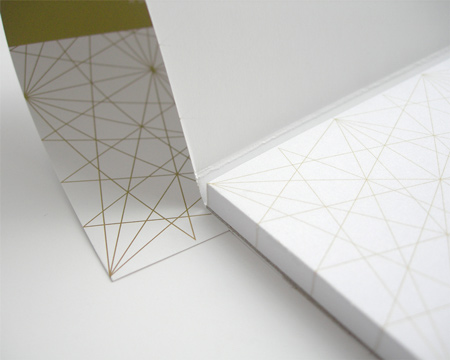
Lee used the pad to sketch a range of objects with iconic status including the Panton Chair by Verner Panton, CCTV building by Rem Koolhaas and ipod by Jonathan Ive, and found that design classics tend to fit these rules.
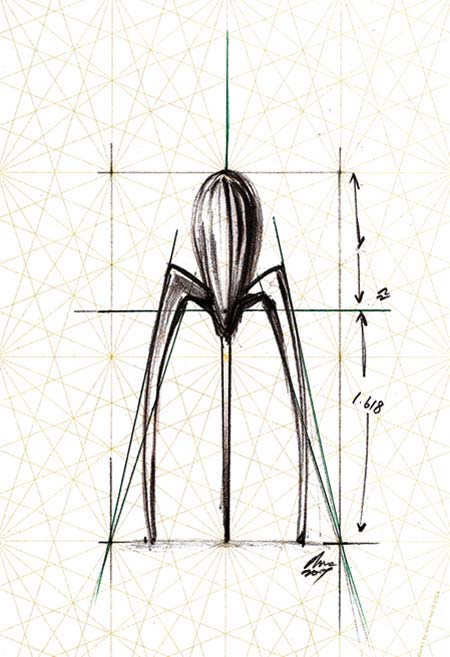
"These objects have had a particular resonance in their respective worlds," says Lee. "It is quite interesting to see how it falls into line with the golden proportions."
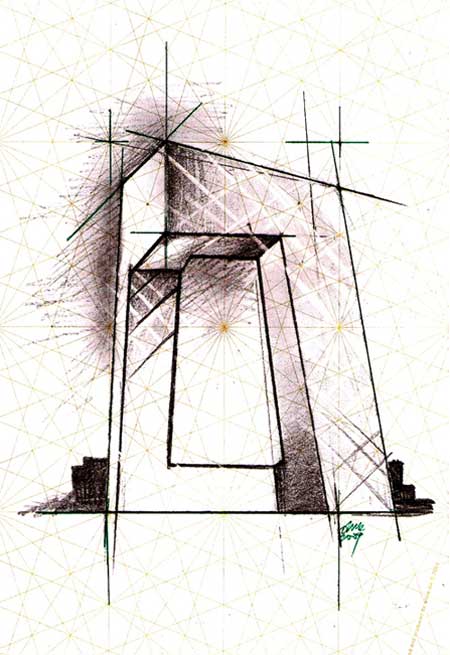
Here are some more details from Lee:
Singaporean designer Olivia Lee has created a sketchpad, with grids based on the golden ratio (φ) for aspiring architects, designers and artists. The grids are composed of rectangles that have a dimensional relationship of 1:1618 (approx.). The proportion remains constant as the rectangles increase in scale along the diagonal lines.
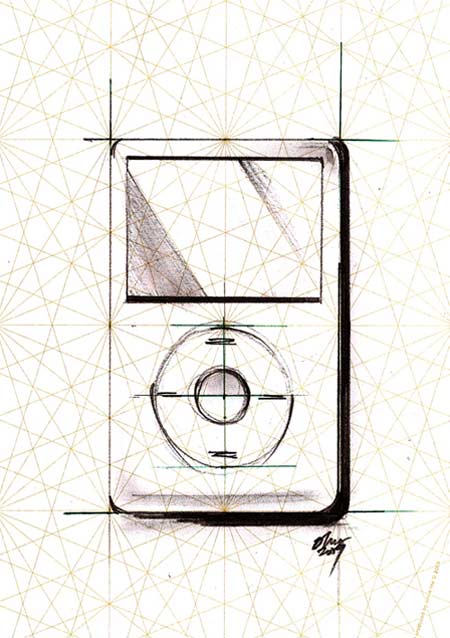
Additionally, the diagonals work together to allow for 1-point, 2-point to 3-point perspective drawings. A pseudo-isometric system can also be found within the grids. Still many opportunities exist to utilize the line composition as drawing guides and tools.
For those who believe that the golden ratio represents an aesthetic ideal, The Golden Rules is the convenient progression of the humble grid paper that acknowledges the use of the golden ratio in creative professions.
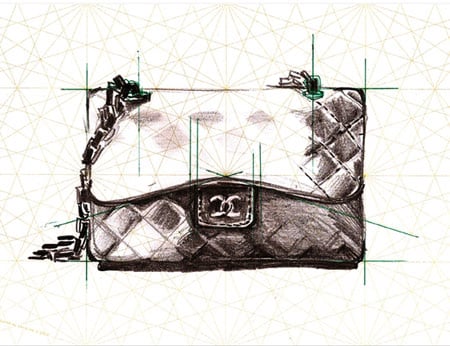
The Golden Rules sketchpad provides an opportunity to explore and experiment. If a mindless sketch falls happily into proportion because it is drawn on this grid, does it become more aesthetically pleasing? If used consciously, does this mean that beauty is formulaic?
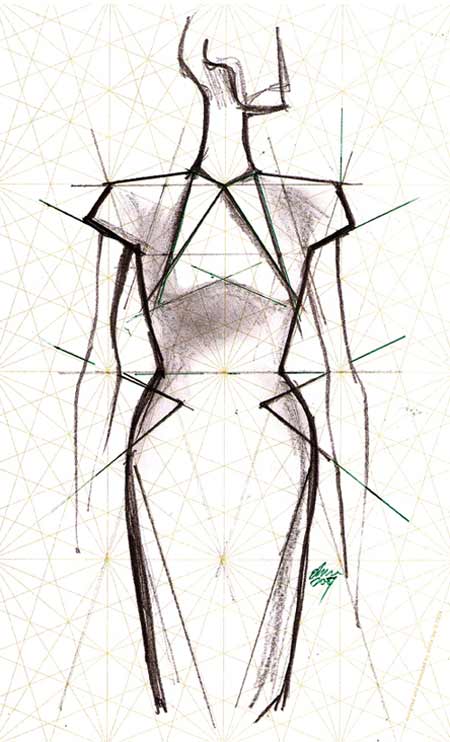
From Le Corbusier to Leonardo da Vinci, these divine proportions have occurred time and again in the works of the masters. Arguably, the influence of the golden ratio has resulted in the most iconic works of our time. Should we continue to be mystified by this mathematical phenomenon?
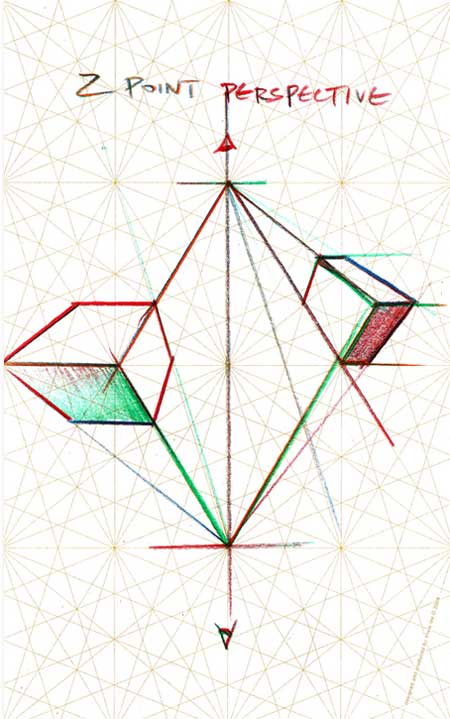
Is our concept of beauty really defined by a number? Is the golden ratio a self-fulfilling prophecy? Is the presence of these proportions simply coincidence or the deliberate act of a creator?
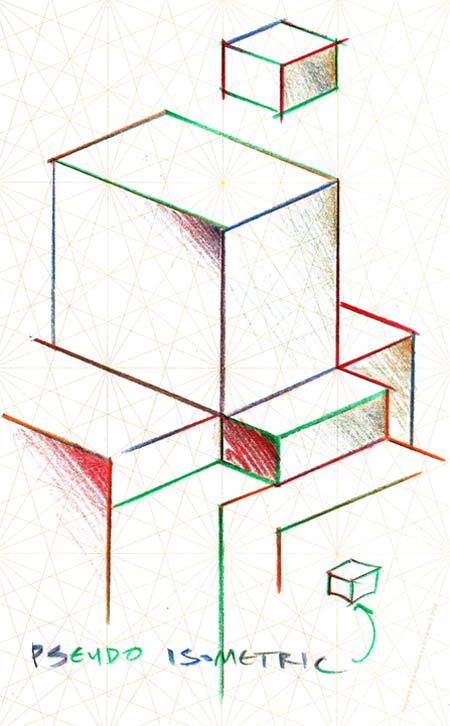
The Golden Rules: An Exercise
Using The Golden Rules, the mystifying effect of the golden ratio continues with an exploration of proportions within objects that have achieved cult-like status. Is there a correlation between their iconic status and their divine proportions?
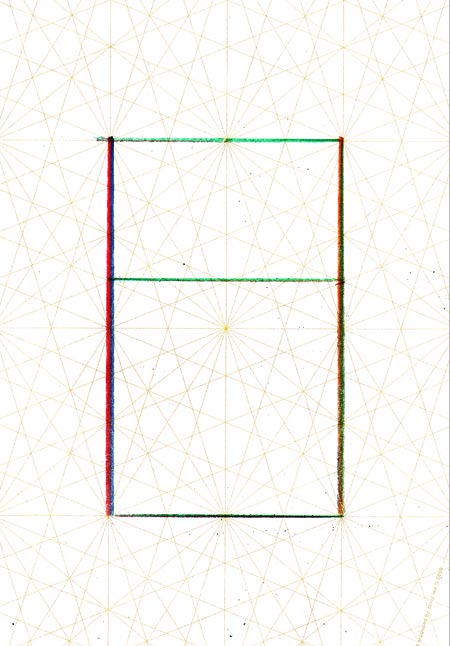
The response for the sketchpad has been very positive. It was originally aimed at a design audience, but it has proven popular with little children who love to colour in the grids and invent shapes. It has also attracted the attention of teachers who like its potential to explore mathematical concepts. People continue to surprise me with ideas for using the grids.
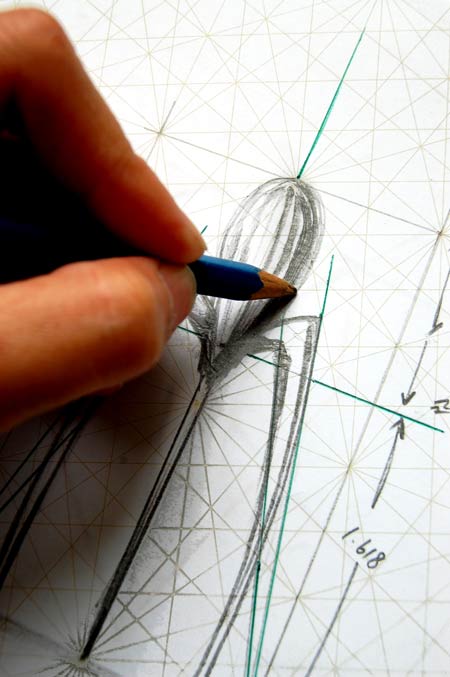
The exploration continues and I extend these questions to everyone out there. The plan is to expand the sketchpad into a collection with different form factors.
So far the things that I have sketched include:
CCTV building by Rem Koolhaas
Galaxy dress by Roland Mouret
Juicy Salif by Philippe Starck
Panton Chair by Verner Panton
ipod by Jonathan Ive
Chanel 2.55 Purse by Coco Chanel
See also:
.
 |
 |
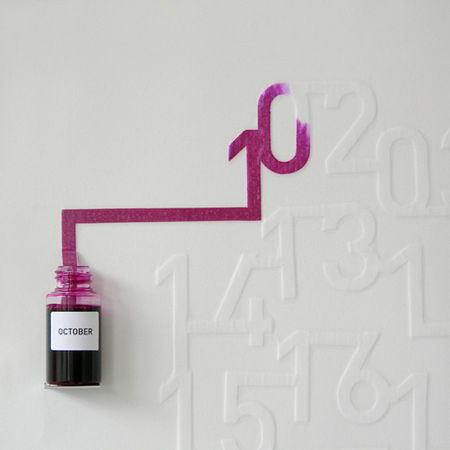 |
| Limited Edition Design Dolls by Olivia Lee |
Stream of Light by Olivia Lee and Alienor de Chambrier |
More stories about graphics |